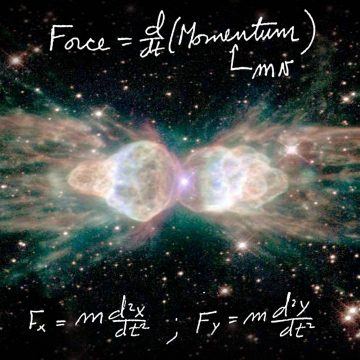Adam Kirsch in Tablet:
 The World According to Physics, by the British physicist Jim Al-Khalili, looks less like a book that belongs in the science section of Barnes & Noble than one you might find in a hotel nightstand. There is no dustjacket, just the handsome blue cloth covers embossed with silver lettering, like a Bible. The title is self-consciously New Testament, following the formula of the Gospels according to Mark, Luke, Matthew, and John. And on the back cover, in lieu of the usual blurbs from fellow science writers, there are phrases of the kind that adorn proselytizers’ pamphlets: “The Knowledge We Have Revealed,” “The True Nature of Reality, Illuminated.”
The World According to Physics, by the British physicist Jim Al-Khalili, looks less like a book that belongs in the science section of Barnes & Noble than one you might find in a hotel nightstand. There is no dustjacket, just the handsome blue cloth covers embossed with silver lettering, like a Bible. The title is self-consciously New Testament, following the formula of the Gospels according to Mark, Luke, Matthew, and John. And on the back cover, in lieu of the usual blurbs from fellow science writers, there are phrases of the kind that adorn proselytizers’ pamphlets: “The Knowledge We Have Revealed,” “The True Nature of Reality, Illuminated.”
These design choices help to surface a tension found in most popular books about physics and cosmology—a genre I started to read avidly a couple of years ago. Though they are explicitly anti-religious, such books function as religious texts. We turn to them in the same way that people once turned to collections of sermons or scriptural exegeses, in search of the fundamental truths that structure our world.
More here.
